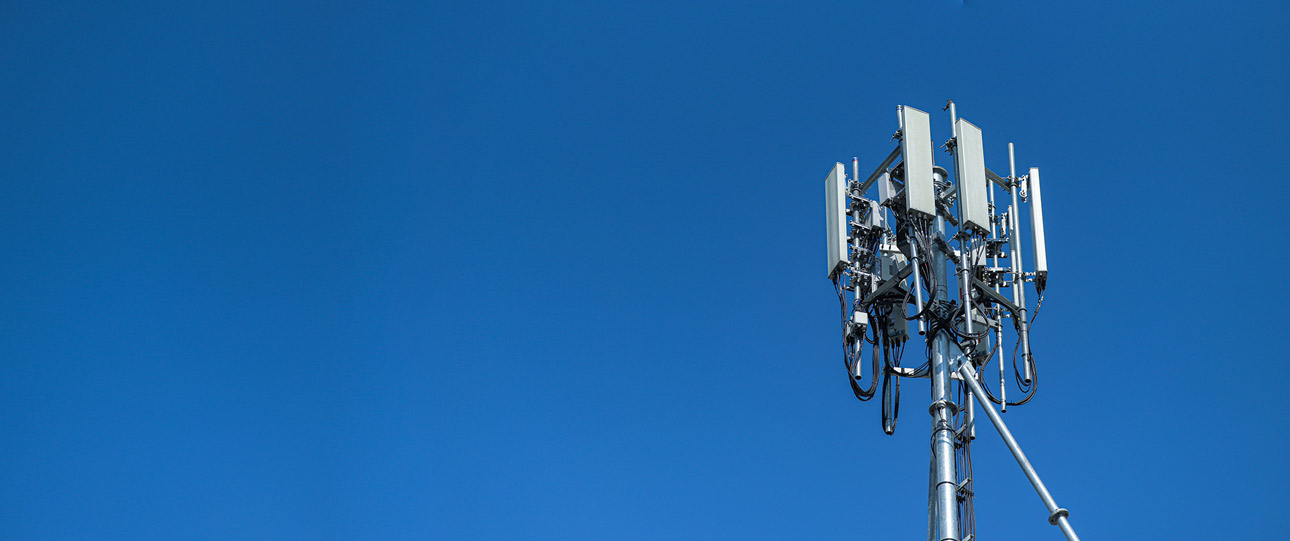Helping a telecom giant monetize their IP
US telecom giant uses Parola Analytics’ customized Evidence of Use search and Standard Essential Patents (SEP) Analysis for patent licensing and monetization.
Standard Essential Patents (SEPs) represent a unique category of patents ensuring the interoperability of modern technologies, particularly in industries like electronics, telecommunications, and more recently, Internet of Things (IoT). As IP professionals, it’s crucial to grasp the intricacies of SEPs, their significance, and the legal frameworks surrounding them.
In this short guide, we cover the basics of Standard Essential Patents.
Standard Setting Organizations (SSOs) decide whether a patent is essential to a standard. SSOs are responsible for developing and defining standards, and they have a process in place for members.
Technical Relevance
The patented technology must align closely with the technical requirements and specifications laid out in the standard.
A patent may be deemed essential if its technology is necessary to ensure interoperability and compatibility among products or systems that comply with the standard. In other words, without implementing the patented technology, it would be difficult or impossible for different products or systems to work together as intended by the standard.
Declared Essentiality
By the SSO. The responsible standard-setting organization must declare a patent as standard essential. When a standard is being developed, the committee identifies relevant patent technologies needed to follow a standard.
By the patent owner. Patent holders may also inform the standard-setting organization of the existence of their potential SEP. The responsibility of declaring a patent as essential rests on the patent holders.
While such declarations by the patent holder are not conclusive proof of essentiality, they can provide valuable information and insights into the relevance of the patent to the standard.
Essential but not valid?
However, one key factor that may be overlooked in standard essential patents is the validity of the SEP.
While a patent holder or the SSO itself may declare a patent as essential to a standard, the patent may not always be valid. It is important to perform an SEP Validity Check before entering licensing negotiations.

SEP patent holders are incentivized for declaring their patent as essential to a standard: they gain access to a wider market or potential licensees, and generate revenue through royalties. As this provides the SEP holder with such power, they are in turn, obligated to license their technology based on fair, reasonable and non-discriminatory (FRAND) terms.
This means that anyone who wants to comply with the standard must be able to license the SEP without undue restrictions or exorbitant costs. SEP holders agreeing to FRAND terms commit to licensing SEPs fairly. They also must provide clear information about the SEPs’ essentiality and the licensing terms, making the conditions and costs associated with using the technology transparent to the licensees.
This ensures that the technology remains accessible without creating monopolies or hindering competition.
US telecom giant uses Parola Analytics’ customized Evidence of Use search and Standard Essential Patents (SEP) Analysis for patent licensing and monetization.

US telecom giant uses Parola Analytics’ customized Evidence of Use search and Standard Essential Patents (SEP) Analysis for patent licensing and monetization.
Determining FRAND terms can be complex and often involves negotiation between the SEP holder and potential licensees. Factors such as the value of the technology, the scope of the patent claims, the market demand, and the competitive landscape are considered.
While SSOs determine what patents are essential to a standard, there is no entity that enforces FRAND terms. Courts and regulatory bodies may play a role in settling disputes related to FRAND terms.
During the standard-setting process, the potential SEP holders may agree to license their patents on FRAND (fair, reasonable, and non-discriminatory) terms . However, it is important to note that patents essential to a standard may not always be declared, e.g. the patent owner did not participate in the standard setting process. This means that they may not be obligated to license their patents on FRAND terms.
When parties cannot reach an agreement on FRAND terms through negotiation, they may resort to litigation or alternative dispute resolution mechanisms. Courts may intervene to determine what constitutes fair and reasonable terms based on various factors, including industry practices and the specific circumstances of the case.
Antitrust laws play a significant role in regulating the behavior of SEP holders, particularly concerning their licensing practices. Using SEPs to engage in anti-competitive behavior, such as refusing to license or imposing unfair terms, may violate antitrust laws and result in severe penalties.
1. Identify relevant standards
Begin by identifying the relevant industry standards that your technology or product needs to comply with. These standards are often set by standard-setting organizations (SSOs) such as IEEE, ITU, ETSI, among others.
2. Access standard documentation
Obtain the official documentation for the standard(s) in question. This could include the standard’s specifications, technical documentation, and related materials provided by the SSO.
3. Search for declarations
Consult declarations made by patent holders or the standard-setting organizations. For information and communications technology, ETSI has an IPR Online Database where you may check patents declared as essential or potentially essential to ETSI and 3GPP standards.
4. Review patent declarations
Examine the patent declarations to see if the patent in question has been declared as essential to the standard. Declarations typically include information about the patent, its claims, and its relevance to the standard.
5. Verify claims coverage
Analyze the claims of the patent to determine if they cover technology that is necessary for implementing the functionalities described in the standard. Pay close attention to the language of the claims and compare it to the technical requirements of the standard.
A SEP Essentiality Check or Patent-to-Standard Mapping service which involves matching the patent’s claim elements to a standard or a set of standards will be an ideal place to start
This mapping process can reveal potential patent infringements by the standards, thereby establishing the patent’s essentiality.

6. Seek legal advice if necessary
If you’re uncertain about the essentiality of a patent to a standard, consider seeking legal advice from a patent attorney or expert specializing in standard essential patents. They can help you interpret the technical specifications of the standard and assess the patent’s relevance.
As technology continues to advance and new standards emerge, the importance of SEPs is expected to grow. However, challenges related to licensing, enforcement, and international coordination are likely to persist. Companies and policymakers will need to adapt and develop innovative solutions to address these challenges effectively.
Keywords: Standard Essential Patents, SEPs, FRAND, Patent Licensing, Antitrust Laws, Patent Litigation, Technology Standards, SSO, Standard Setting Organizations
Services
Links
Sign up to receive first access to our reports, the latest patent news, and other updates —
all delivered to your inbox.
Sign up now to receive monthly patent news, analysis and free insight reports.
We don’t spam, we promise.
Disclaimer:
1. Parola Analytics and Avontis are distinct entities and operate independently. Any references to Avontis or its services do not constitute a legal partnership.
2. Parola Analytics does not provide legal services. Our services are limited to research and technical analysis. Any information provided by Parola Analytics should not be construed as legal advice.